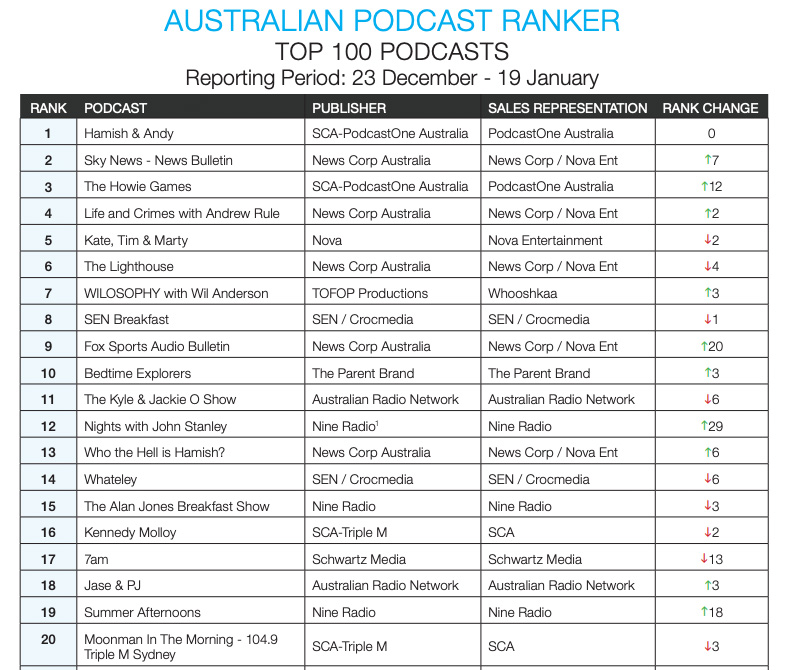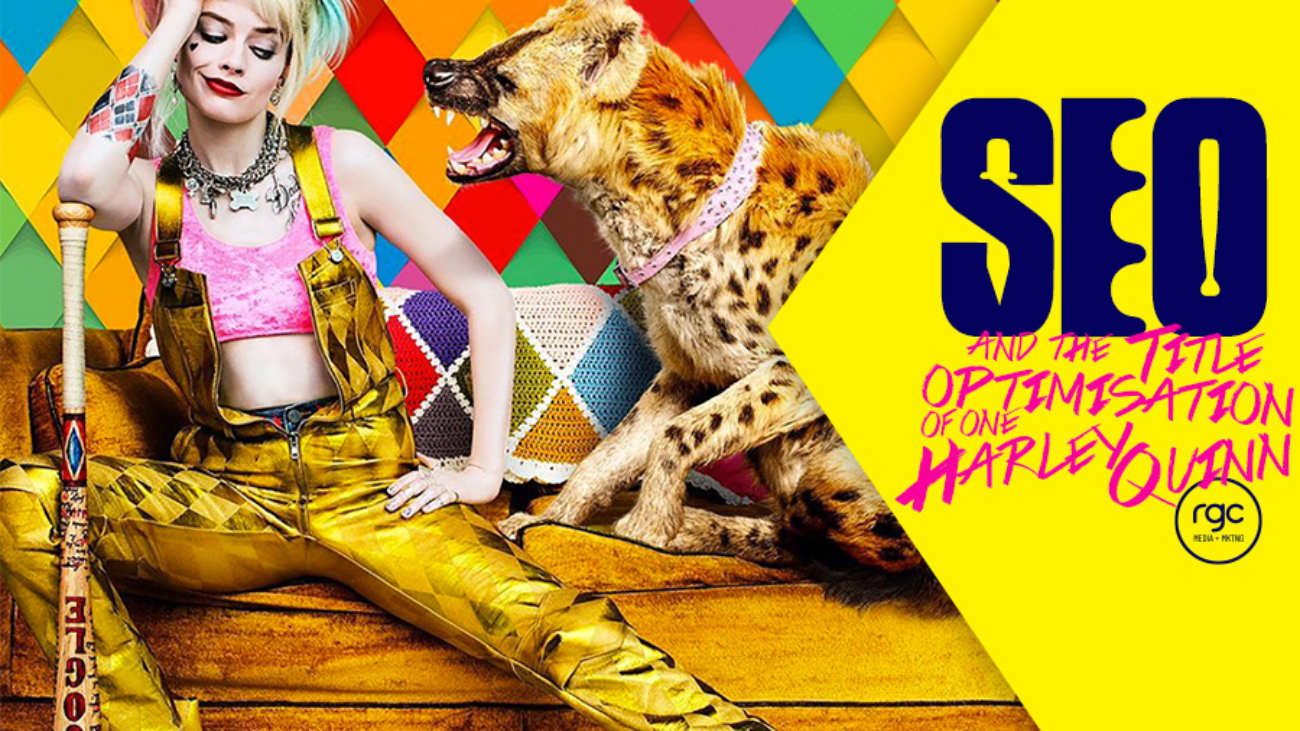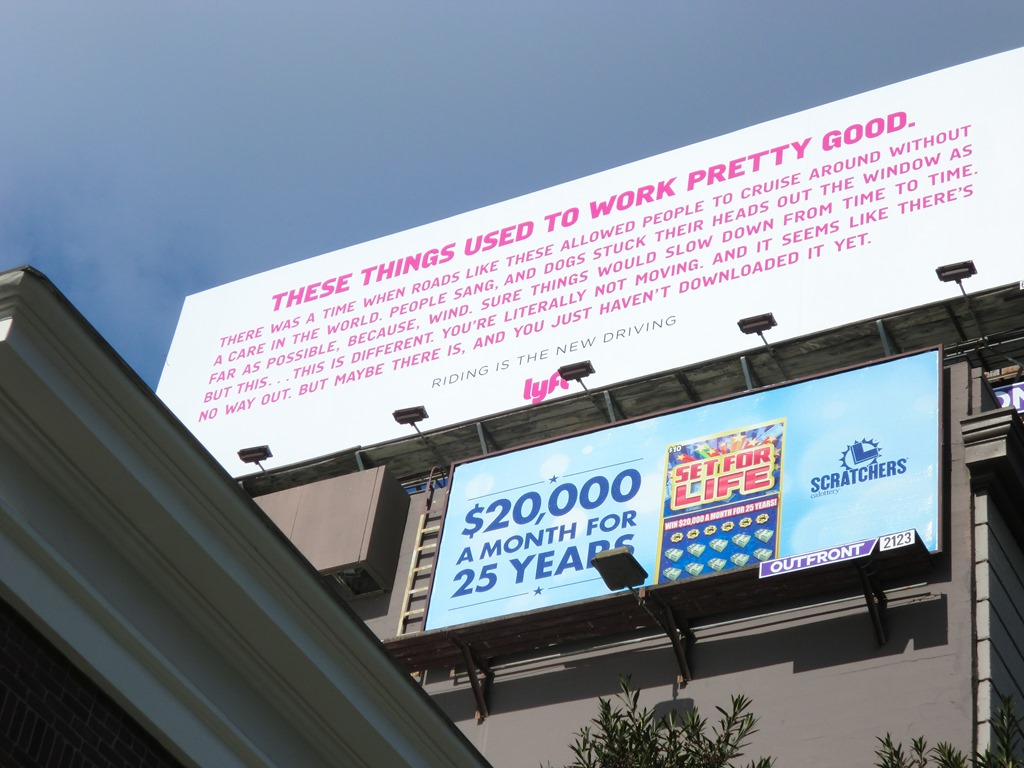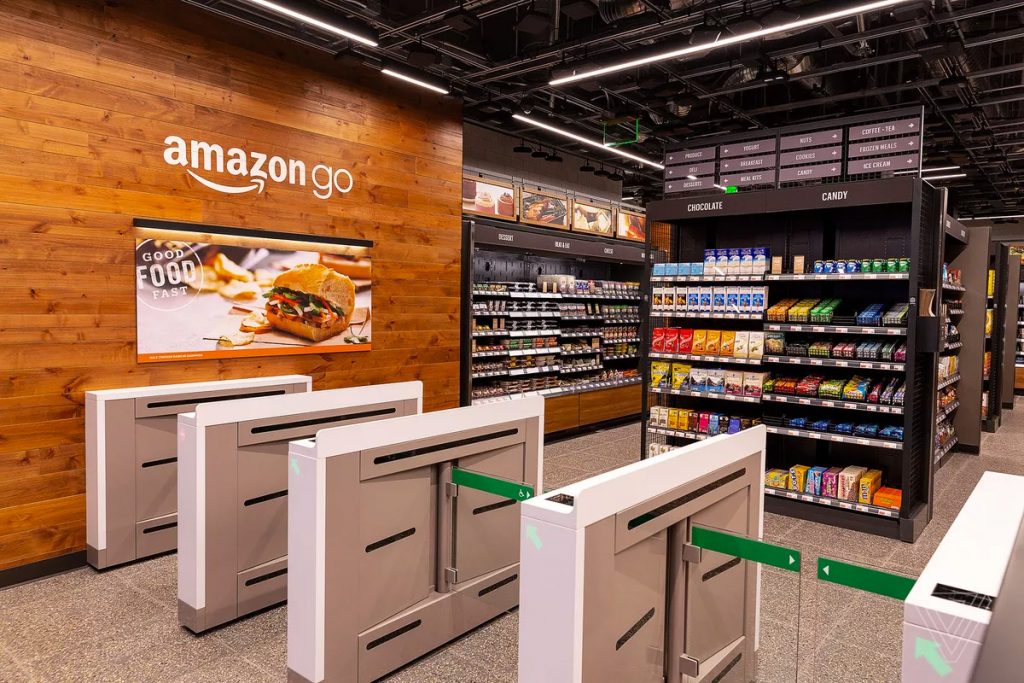The speed and reach of the Coronavirus crisis will be felt for decades. While we are all struggling to assess the impact on us personally, we also have organisations that have obligations and responsibilities to staff, customers and other stakeholders.
Establishing and maintaining clear lines of communication with these stakeholders is one of the most important roles of leadership and management during this crisis. Conveying a sense of calm and control will position your business to return to normal as quickly as possible when (not if) the crisis ends.
Here are some simple things to remember while communicating.
Health & Wellbeing Is Your First Priority
While the long-term economic impact of the crisis is occupying a great deal of people’s thoughts, we are still in the middle of a major, global health emergency. Your first obligation is to create a safe workplace. The number of cases of COVID-19 in Australia is still rising and we must do everything possible to reduce the spread to save lives. ‘Flattening the curve’ is our collective responsibility.
Until we have the virus under control, all your actions and communications with stakeholders MUST put health and wellbeing first. Always provide the information and resources your stakeholders need to meet their social obligations to stopping Coronavirus.
Don’t be an Expert
The Federal Government, State Government and health authorities are moving quickly to provide detailed, authorative information about Coronavirus to the public. Do not rely on your own experts, your ‘sister’s brother who is a GP’ is not an expert. When advising staff and customers about how to respond to the crisis utilise the range of free information available.
- The Federal Department of Health supplies a range of information here – https://www.health.gov.au/news/health-alerts/novel-coronavirus-2019-ncov-health-alert
- The Queensland Government’s Coronavirus information portal is available here – https://www.qld.gov.au/health/conditions/health-alerts/coronavirus-covid-19
- The New South Wales Government is providing updates here – https://www.health.nsw.gov.au/Infectious/diseases/Pages/coronavirus.aspx
- Victoria’s Department of Health and Human Services is providing updates here – https://www.health.nsw.gov.au/Infectious/diseases/Pages/coronavirus.aspx
Be Positive
Don’t be afraid to remind your stakeholders that there are still positives. The virus is under control in many countries and Australia has a strong, resilient economy with the capacity to absorb even the biggest shock.
The current health crisis is TEMPORARY, and we are days or weeks from getting on top of it. People need reminding that there are reasons to be optimistic so don’t be afraid to talk up your recent successes or the underlying strength of your industry.
Coronavirus: Ten reasons why you ought not to panic
Communicate Regularly
The situation is changing on a daily basis. The last thing your stakeholders need is an information vacuum, which they will fill with information from unreliable sources and their imagination.
Create the systems, processes and disciplines to communicate on a daily (or twice daily) basis. Send an email to staff at the same time each day, either first thing in the morning or at 5.00pm each evening. Assign responsibility and make sure this communication comes from a trusted, senior executive who has the primary responsibility for managing the crisis.
Create a Dedicated Blog or Webpage
This crisis could go on for weeks or months. Creating a dedicated ‘warehouse’ where you can host and share information is one way to bring some order to the chaos. In a quickly moving situation, having a centralised location where updates and the latest information can be compiled is key to avoiding confusion. Many organisations have already created landing pages dedicated to providing information about the coronavirus and their mitigation efforts.
We recommend that clients place a link to this dedicated page on the homepage of their website. Key information to include on the page:
- Information about whether or not any of your employees or locations have been exposed to the virus. While you should not identify employees, it is important to communicate whether there are any active or monitored cases tied to your organisation or facilities.
- Details about your contingency plans. If you serve clients in-person, include information about whether your locations are open or not and how you will or will not serve clients if you close.
- Preventative measures that are underway. If your organisation is encouraging employees to work from home, reduce nonessential travel, implement additional cleaning procedures or take any other precautions to minimise the risk of exposure, share these details.
- Links to external resources like those listed above.
- A statement that the webpage reflects the situation as it currently stands and as this is a rapidly evolving situation, your organisation will continue to evaluate the best course of action and update the page with the latest information as it is available.
- Contact information for your primary media spokesperson and leadership team member overseeing Coronavirus preparedness.
Equip Your Staff
Successful communication starts with employees and internal stakeholders. They are always your best public relations people, and public relations people always do best with a good briefing.
Now is the time for CEOs and top executives to communicate with employees and stakeholders and reassure them by stating the steps the organisation is taking. He/she should record an organic (not highly produced) 60-second video—on a current model smart phone—describing the current state of affairs, steps being taken (to disinfect surfaces and protect people), what is planned next and why.
This video can supplement such written communications as direct mail pieces, emails, texts, and social posts.
Assign People to Create Content
You should quickly appoint a dedicated person or team to take charge of creating and updating your response content, including fact sheets, media statements, Q&As and EDMs
In a rapidly changing environment, it is vitally important all your communication is time stamped. What is true now, may not be tomorrow, so treat all communication as a ‘point in time’ exercise.
Don’t fuss too much about style guides or templates. Your stakeholders will forgive you if your documents are not up to your usual high standards of design and presentation. It is the substance that matters. It is OK to compromise on these to ensure timely and consistent communication.
Prepare for Media Enquiries
Consider the immediate development of media statements for key events/risks that you may be faced with. These statements can be provided to media who make an enquiry, be posted on your website and social media channels. They are important too for your employees and other stakeholders.
Consider the communications needed for the closure of an office or facility, staff member(s) contracting the illness, or unavailability of a key product or service.
Clear communication is necessary, as is the provision of updates as required. Ensure consistency in the nominated spokesperson and tone of voice.
Be Reactive and Engaged on Social Media
In the confusion of managing a business during a crisis, some of the simple things often get forgotten. Monitoring and responding to social media enquiries is sometimes the first victim of threat assessment.
It’s vital that your team are focused on social monitoring during a time of crisis. Any negative social media mentions should be dealt with immediately and with consistency. Any questions should be answered quickly and respectfully. There should be sections of your plan dedicated solely to social media crisis management.
We are all entering a new world, but many of the old rules for effective communication remain. Be open, honest and proactive. Your stakeholders will reward you for it.
















 Michele Levine, chief executive of research firm Roy Morgan, said podcasts are growing in popularity in Australia with nearly 10% of Australians now downloading audio or video podcasts in an average month:
Michele Levine, chief executive of research firm Roy Morgan, said podcasts are growing in popularity in Australia with nearly 10% of Australians now downloading audio or video podcasts in an average month:

























